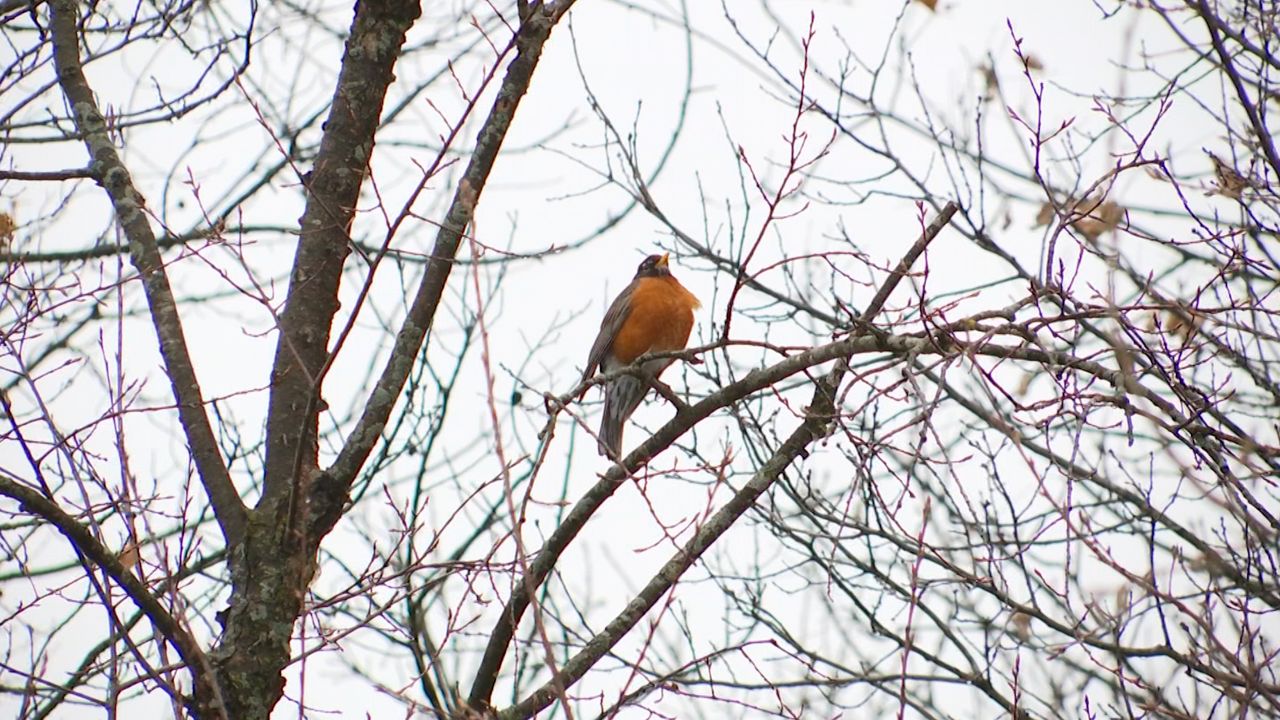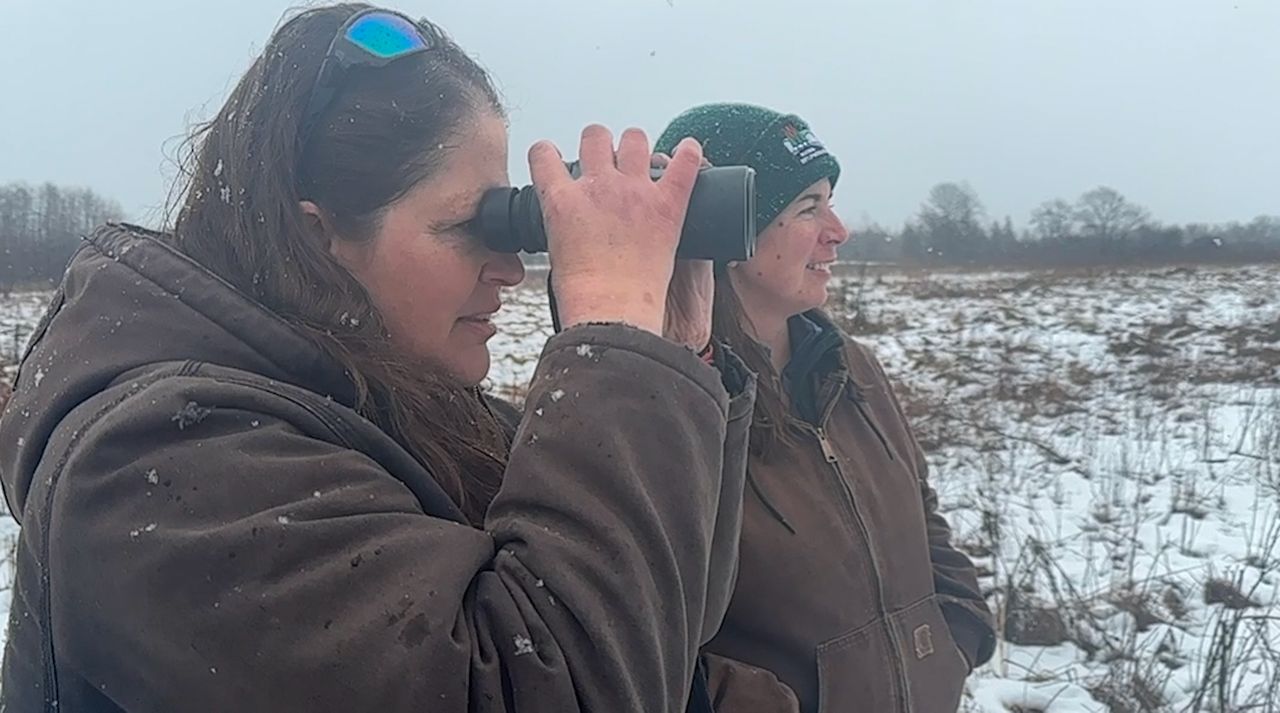WATERLOO, Wis. — The Wisconsin Department of Natural Resources has expanded its work on maintaining the Waterloo Prairie State Natural Area.
It can do that because of the Cherish Wisconsin Outdoors Fund.
It’s a fund created to support natural areas across the state to support habitat management and restoration.
The Cherish Wisconsin Outdoors Fund was created in 2013 involving a partnership with the Natural Resources Foundation of Wisconsin, the DNR and the state legislature.
Sharon Fandel is a field ecologist with the DNR. Fandel recently spent a day at the Waterloo Prairie State Natural Area observing red-winged blackbirds.
“They typically form these large flocks during the early parts of migration as they move through the area,” said Fandel.

Fandel said with help from the Cherish Wisconsin Outdoors Fund they can work to remove invasive species.
The Waterloo Prairie State Natural Area is one of the few wet prairies in Wisconsin. She said because of that, it has more challenges.
“At least in more rural areas there are agricultural uses and impacts to the hydrology, so when we have ditches and high-capacity wells in place that kind of draws on the groundwater layer,” said Fandel. “It affects the nearby habitats.”
The goal is to maintain the land as a wet prairie.
Wildlife biologist Rachel Barker said this means the area will also continue to attract species for hunting.

“Having public land is huge for people to have a place where they can go out and recreate,” said Barker. “A lot of people feel strong connections to the land and this gives them that space to get out and enjoy it.”
Dave Clutter is the executive director of Natural Resources Foundation of Wisconsin. That organization oversees the Cherish Wisconsin Outdoors Fund.
“What a lot of land managers are managing for us native diversity and without the resources from funds like this, often land managers are hamstrung because we don’t have the resources to manage land as it should be managed,” said Clutter.
Fandel said they are thankful the state and the community donated to this fund.
“This helps us go above and beyond the day-to-day average baseline work that we do and from that perspective it means a lot and it is really critical to help us continue to protect and preserve these habitats,” said Fandel.
Those interested in learning more about the fund can click here.



